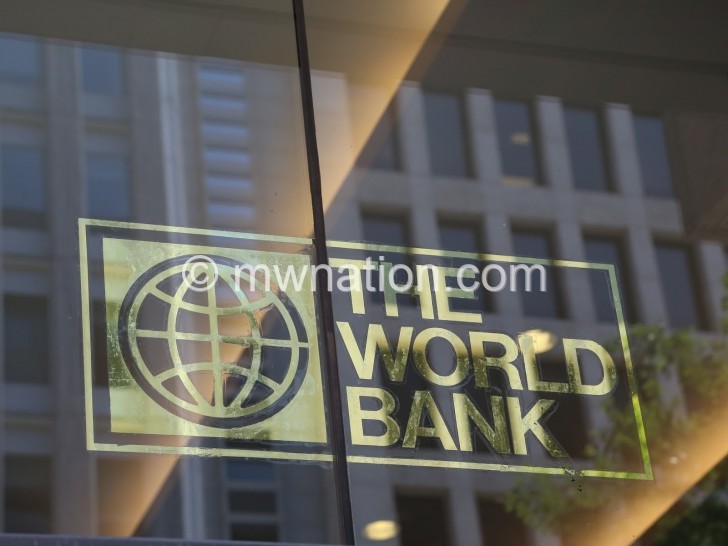Rising debt stiffing investments—World Bank
The World Bank says rising domestic financing and borrowing is increasingly reducing fiscal space for development spending and risks crowding out private sector investment.
In its country update published on Friday, the multilateral bank said domestic financing and borrowing from regional development banks on a non-concessional basis have significantly increased Malawi’s public debt from 32 percent in 2013 to 55 percent of the gross domestic product (GDP) in 2020 and 64 percent in 2022.

Said World Bank in the update: “Malawi’s public debt is currently assessed to be in distress, but the ongoing implementation of the government’s debt restructuring strategy means that debt is sustainable on a forward-looking basis.
“Weak fiscal management and economic policies have contributed to recurring and large fiscal deficits, mostly funded by high-cost domestic borrowing and resulting in a surge in public debt.”
As at end December 2022, total public debt reached K7.9 trillion, representing 69.93 percent of the gross domestic product (GDP) pegged at K12 trillion.
Out of this stock, K4.43 trillion is domestic debt, which is 114 percent of the total budget while K3.47 trillion is external debt, an equivalent of 90 percent of the total budget.
Treasury has been in discussion with some of the country’s large creditors for a possible restructuring of its external debt.
Minister of Finance and Economic Affairs Sosten Gwengwe is on record as having said Treasury has made progress in its bid to restructure external debt and secure a new programme with the International Monetary Fund (IMF).
He said Treasury is in discussion with some of the country’s large creditors for a possible restructuring of its external debt.
Said Gwengwe: “We have multiple ways of how we are addressing public debt, one of it is budget optimisation, a budget that reduces the need for domestic borrowing.
“We are also engaging our creditors. We have had meetings with our major creditors, especially the Afrexim Bank, Trade and Development Bank and we have also reached out to bilateral lenders, China and India being the prominent ones and we are currently in discussion with them as we move towards the Extended Credit Facility [ECF].”
He said Treasury needs assurances from these creditors that they can buy into its proposition for debt restructuring.
In recent years, the composition of external debt has shifted toward commercial creditors at non-concessional terms, thereby increasing debt-servicing costs.
World Bank data shows that as of March 2022, commercial lenders held 23 percent of external debt or 9.8 percent of the country’s GDP while multilateral and bilateral creditors held 64 and 13 percent of external debt, respectively.
Last week, IMF resident representative Farayi Gwenhamo indicated that their scope of discussion with government remains on interventions towards securing ECF.





